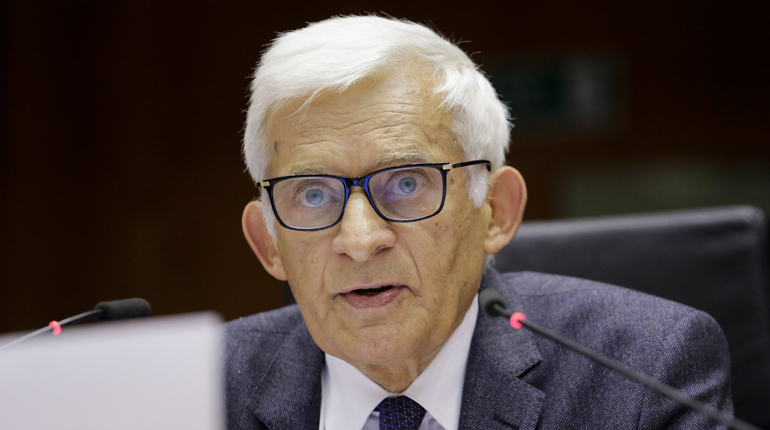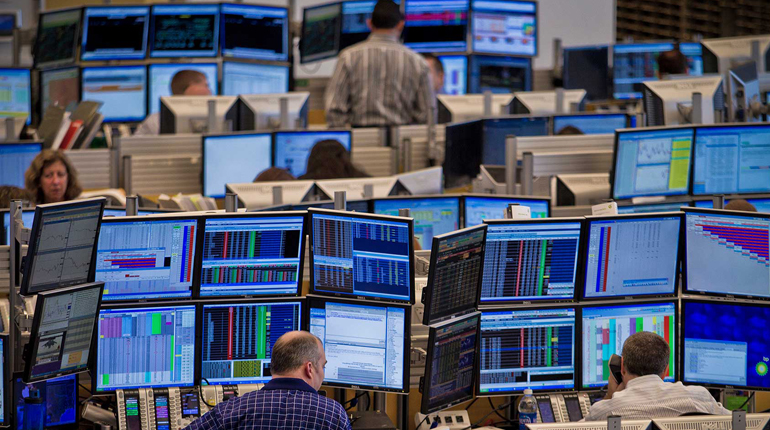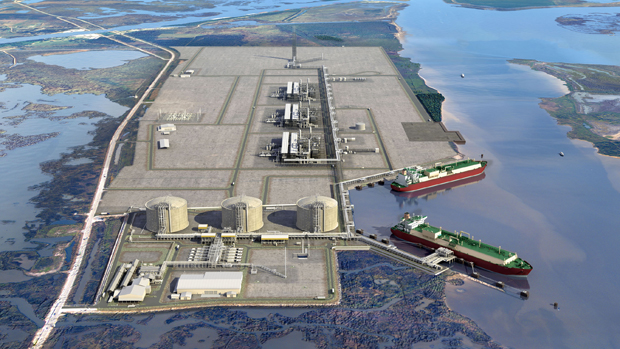Highlights
- Growing domestic gas demand is pressuring countries such as Algeria and Saudi Arabia to rein in energy subsidies
- Interest from IOCs in Egypt’s upstream may change the country’s gas production landscape in the coming years
- The region is attracting Australian LNG cargoes as a result of weak demand for the fuel in Asia
- The UK has become an attractive destination for Qatari cargoes, despite low netbacks
Economic overview
Standard & Poor’s downgraded Saudi Arabia’s sovereign rating in October, highlighting the effect low oil prices have had on the economies of countries in the Middle East and Africa (MEA).
The ratings agency lowered the country’s long-term rating by one notch, from AA- to A+, citing the sharp global drop in oil prices. The outlook for Saudi Arabia’s credit rating is negative, meaning it may be downgraded again within the next two years if the government fails to significantly and sustainably reduce the country’s fiscal deficit.
Quarterly and annual year-on-year GDP growth rates
| Q4 2014 | Q1 2015 | Q2 2015 | 2015 | 2016 | 2017 | |
| Qatar | 6.7% | 4.1% | 4.8% | *7.1% | *6.5% | *5.6% |
| Egypt | 4.3% | 3.0% | *4.0% | *4.0% | *4.3% | *4.5% |
| Saudi Arabia | 1.6% | 2.3% | 3.8% | *3.0% | *2.7% | *3.1% |
| Nigeria | 5.9% | 4.0% | 2.4% | *4.8% | *5.0% | *5.3% |
| South Africa | 1.3% | 2.1% | 1.2% | *2.0% | *2.1% | *2.4% |
The United Arab Emirates’ cabinet approved a budget of $13.2 billion for 2016 in October – representing a 4% cut in real terms compared with 2015. Meanwhile, Sabah al-Ahmad al-Sabah, the emir of Kuwait, has called for urgent measures to cut his country’s spending as a response to low oil prices.
Nigeria is expected to propose a budget of $35.2-40.2 billion for 2016, compared with $25.9 billion this year. However, it is unclear where the extra money will come from. Almost 70% of the government’s funding is derived from oil and gas export revenues, and Nigerian National Petroleum Corp. (NNPC) is making losses because of low global oil and LNG prices. NNPC registered a combined loss of more than $600 million in August and September this year.



